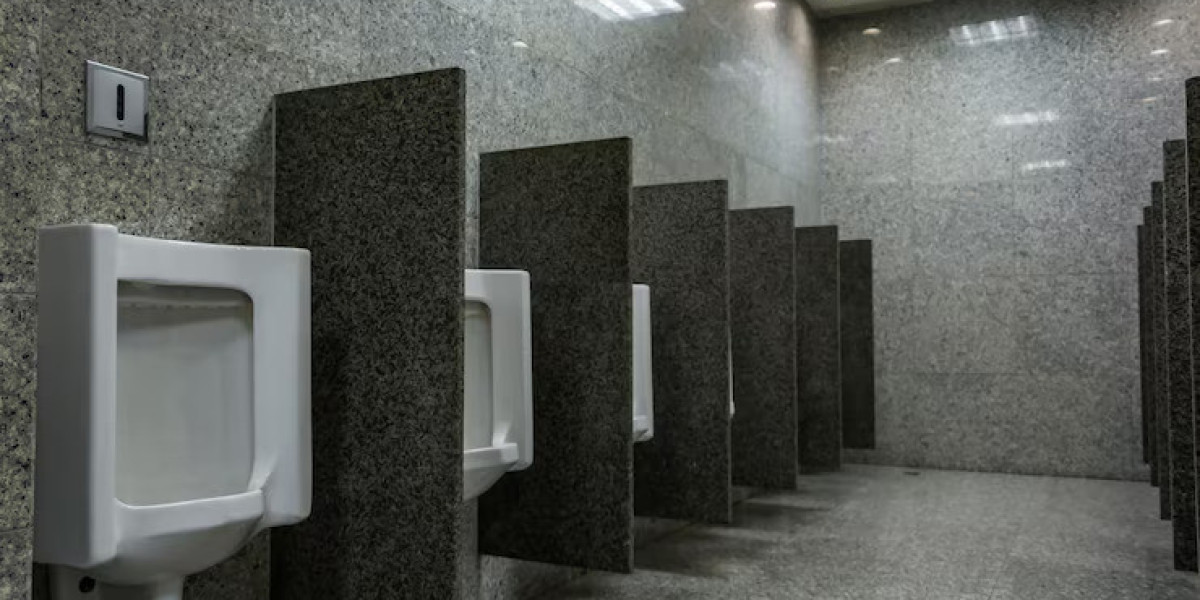When planning any public or commercial restroom, one key element that plays a major role in privacy, hygiene, and overall functionality is the toilet cubicle system. Gone are the days when brick-and-mortar walls were the only option. Today, toilet partitions offer a modular, clean, and efficient solution for shared washroom spaces.
What Are Toilet Partitions?
Toilet partitions are non-load-bearing walls used to divide a washroom into individual stalls or cubicles. These partitions provide privacy to users while optimizing the available space. The systems usually include a door, side panels, and pilasters made from durable materials.
Toilet cubicles are used in places like schools, offices, malls, hospitals, cinemas, airports, and more—anywhere multiple users need a functional and private washroom experience.
Benefits of Modern Toilet Cubicle Systems
Space-Efficient Design:
Unlike traditional walls, toilet cubicles allow for a compact yet efficient layout that fits more users in a limited space.Quick Installation:
Modular toilet partitions are easy to assemble and install, saving both time and labor costs.Easy Maintenance:
Most modern cubicle materials are resistant to water, rust, and bacteria, making them simple to clean and maintain over time.Customizable Options:
You can choose from various colors, textures, and materials to match your interior design, whether it’s a luxury mall or a basic public facility.
Types of Materials Used
Toilet cubicle systems are typically made from:
Compact Laminate (HPL): Water-resistant, durable, and ideal for heavy use.
Phenolic Resin Panels: Strong and resistant to moisture and impact.
Stainless Steel: Sleek and corrosion-resistant for high-end environments.
Each material serves different purposes depending on foot traffic, maintenance needs, and budget.
Final Thoughts
In any modern commercial or public washroom, a high-quality toilet cubicle system is more than a design element—it’s a necessity. By investing in durable and well-designed toilet partitions, you ensure privacy, hygiene, and long-term usability for every user.

